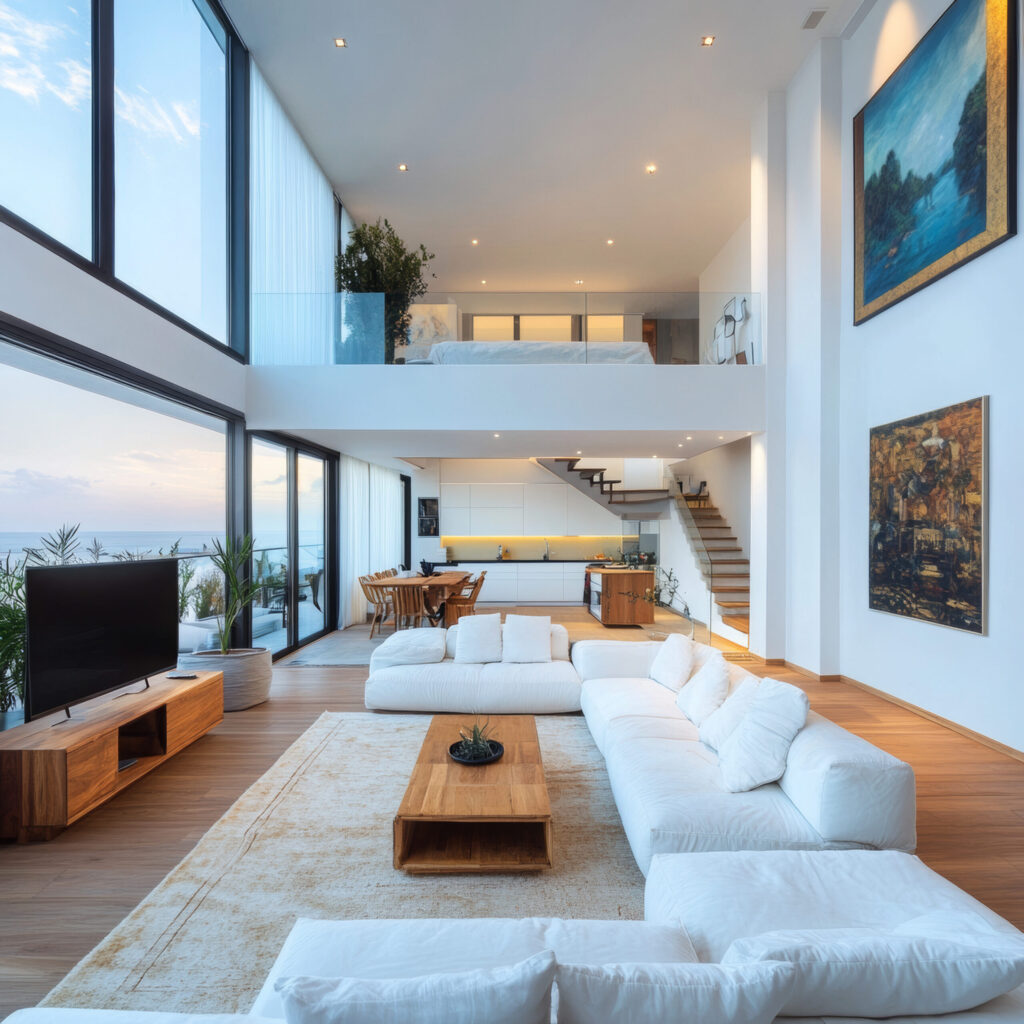The Upstairs Struggle Is Real
When summer hits Central Indiana, many homeowners notice the same frustrating issue: the upstairs just won’t cool down. Whether you’re in a new build in Carmel or an older home in Franklin, this is a common comfort complaint—and the good news is, there are solutions.
Why Is Upstairs Hotter Than Downstairs?
Understanding the root cause of your upstairs hot air cooling problem is the first step toward fixing it. Several factors contribute to uneven cooling in two-story homes:
Heat rises naturally – This basic law of physics means warm air from your ground floor naturally migrates upward, making your second floor work harder to stay cool.
Poor ductwork design or imbalance – Many homes have ductwork that wasn’t properly designed for optimal airflow distribution. If more cool air is being pushed to the first floor, your upstairs suffers.
Inadequate return airflow – Without proper return air vents upstairs, cool air gets trapped on the first floor while hot air stays stuck on the second floor.
Old or inefficient insulation in upper levels – Poor insulation in your attic or upper-level walls allows heat to seep in from outside, making your AC work overtime.
Bonus rooms or additions not connected to central system – That converted attic space or added bedroom might not be properly integrated into your home’s HVAC system.
Here’s a real example: A homeowner in Westfield called us about a nursery that was always 8° warmer than the rest of the house. After inspection, we discovered that the room had been added years after the original HVAC installation, with minimal ductwork and no return air. The solution involved both improved airflow and a targeted cooling approach.
Cooling Tips to Even Things Out
Before considering major upgrades, try these proven strategies for better upstairs cooling:
1. Adjust Duct Dampers (If You Have Them)
Many homes have adjustable dampers in the main ductwork that allow you to redirect more airflow upstairs during summer months. This simple HVAC adjustment can make a significant difference in how to cool upstairs effectively. Look for lever-style handles on your main ducts in the basement or crawl space—adjust them to send more conditioned air to the second floor.
2. Use Ceiling & Box Fans Strategically
Create circulation patterns that help push cool air upward and move hot air around. Make sure ceiling fans are turning counterclockwise in summer to create a downdraft that helps circulate the cooler air from your AC. Box fans placed strategically at the top of stairs can help pull cool air up from the first floor.
3. Upgrade Insulation or Seal Leaks
This is especially important in attic and top-floor ceiling areas. Poor insulation allows heat to penetrate your home, while air leaks let your expensive conditioned air escape. Focus on:
- Attic insulation (aim for R-38 to R-60 in Indiana)
- Sealing gaps around windows, doors, and electrical outlets
- Weatherstripping around attic access points
4. Schedule a System Checkup
Your HVAC system might be undersized for your home’s cooling load or simply out of balance. A professional assessment can determine if your ductwork, return air vents, or overall airflow need tuning. Sometimes the fix is as simple as adjusting dampers or cleaning blocked vents.
Ductless Mini-Split = Big Comfort for Hot Rooms
If one bedroom, bonus room, or home office is always hotter than the rest—even after trying the above adjustments—a ductless mini-split might be the best long-term solution for your uneven cooling home problem.
Here’s why ductless systems work so well for problematic upstairs rooms:
Independence from central ductwork – Ductless AC for bedrooms doesn’t rely on your existing duct system, so it can provide targeted cooling exactly where you need it.
Energy efficient and whisper quiet – Modern mini-splits use inverter technology to run efficiently and quietly, perfect for bedrooms and home offices.
Ideal for specific home types – These systems are particularly effective for homes in Carmel and Franklin with upper-level additions, converted attics, or rooms that were added after the original HVAC installation.
Zoned control – You can keep that hot upstairs bedroom comfortably cool without having to freeze out the entire house, leading to better sleep and lower energy bills.
👉 Learn more about our ductless solutions here
Local Insight: Where We See This Most
Our experience serving Central Indiana reveals some common patterns in two-story home cooling issues:
Carmel & Westfield – Newer homes with open-concept designs and lots of second-floor windows often struggle with heat gain. Large windows facing south or west can turn upstairs rooms into greenhouses during afternoon hours.
Franklin & Greenwood – Older homes with original ductwork that wasn’t designed for modern AC loads frequently experience these issues. Many of these homes were built before central air was standard, so the ductwork was retrofitted and may not be optimally designed.
Indianapolis – Student rentals and split-levels often struggle with upstairs cooling, especially in older neighborhoods where homes have been divided into apartments or have had additions over the years.
Don’t Sweat It—We Can Help
If you’re tired of tossing and turning in a hot upstairs bedroom, you don’t have to suffer through another summer. The right solution depends on your specific home, budget, and comfort needs.
Whether it’s a simple system adjustment, strategic improvements to your existing setup, or a custom ductless installation for those particularly troublesome rooms, professional help can make all the difference. A comfort consultation can identify the most effective and cost-efficient approach for your specific situation.
Remember, good sleep and home comfort aren’t luxuries—they’re necessities. Don’t let upstairs hot air cooling problems continue to impact your quality of life and energy bills.
Ready to solve your upstairs cooling problems? Schedule a comfort consultation today and discover the best solution for your two-story home.

